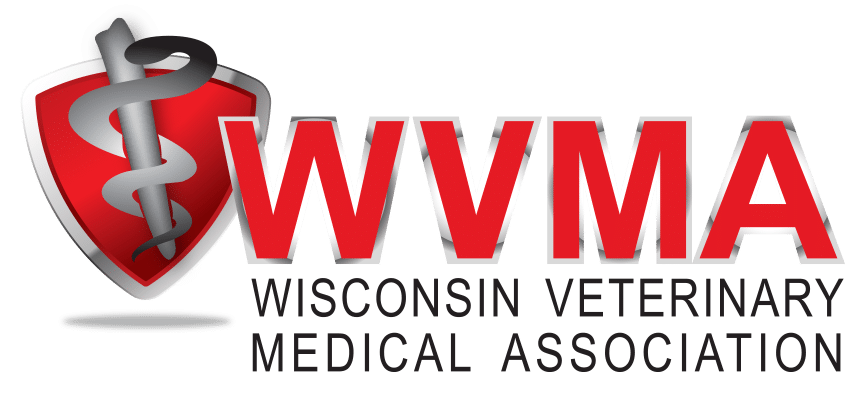By the Wisconsin Department of Agriculture, Trade and Consumer Protection Division of Animal Health
With the growing threat of Rabbit Hemorrhagic Disease, the Wisconsin Department of Agriculture, Trade and Consumer Protection (DATCP) is recommending that shelters and rabbit owners review their biosecurity measures to help protect their animals.
The disease has not been detected in Wisconsin, but since March it has been found in six states – Arizona, California, New Mexico, Colorado, Texas and Nevada. The strain that has been detected in the United States, Rabbit Hemorrhagic Disease Virus Serotype 2 (RHDV2), is a highly contagious viral disease that affects wild and domesticated rabbits. Although fatal to rabbits, the disease does not affect humans.
Often, the only signs of RHDV2 are sudden death and blood-stained noses caused by internal bleeding. Infected rabbits experience fever, loss of appetite, difficulty breathing or seizures. A vaccine is currently not licensed in the United States, but vaccines licensed in Europe could be approved by the U.S. Department of Agriculture (USDA) for use in affected states.
While the disease has not affected Wisconsin animals, DATCP recommends that shelters and rabbit owners follow these biosecurity practices from the USDA Animal and Plant Health Inspection Service (APHIS):
- Do not allow pet, feral or wild rabbits to have contact with your rabbits or gain entry to the facility or home.
- Do not allow visitors in rabbitries or let them handle pet rabbits without protective clothing (including coveralls, shoe covers, hair covering and gloves).
- Always wash hands with warm soapy water before entering your rabbit area, after removing protective clothing, and before leaving the rabbit area.
- Do not introduce new rabbits from unknown or untrusted sources. Do not add rabbits to your rabbitry from animal shelters or other types of rescue operations.
- If you bring outside rabbits into your facility or home, keep them separated from your existing rabbits for at least 14 days. Use separate equipment for newly acquired or sick rabbits to avoid spreading disease. For more information, please see resources below.
- Sanitize all equipment and cages moved on or off premises before they are returned to the rabbitry. We recommend disinfecting with 10% bleach or 10% sodium hydroxide mixed with water. Work with your veterinarian to review and improve biosecurity practices in your facility.
Other Steps to Prevent Disease Spread
- If you live near or visit an area where this disease was confirmed, do not touch any dead wild rabbits. Get information on where RHDV2 has been detected.
- To report multiple dead wild rabbits, visit dnr.wi.gov, keywords “wildlife health.”
- If you own domestic rabbits, do not release them into the wild. If your rabbits appear ill or die suddenly, contact your veterinarian.
- If you volunteer at animal shelters or wildlife rehabilitation facilities, be aware that this disease has been found in feral and wild rabbits in other states. If rabbits appear ill or die suddenly, contact the facility’s veterinarian.
Resources
USDA APHIS: Rabbit Hemorrhagic Disease Factsheet
USDA APHIS: Recommendations for Disinfectants
General Information from the House Rabbit Society
General Information from the Rabbit Breeders Association
